

Last August, Eric C. Wang joined Hill International as Vice President, bringing more than 30 years of experience in geotechnical and tunnel engineering to help our teams deliver underground construction projects. In April, Eric’s experience and expertise as well as his active industry involvement were recognized by the National Academies of Sciences, Engineering, and Medicine, who appointed Eric as a member to the Transportation Research Board’s (TRB) Standing Committee on Tunnels and Underground Structures – AKB60.
Since 2021, Eric has been serving on the nine-person Technical Panel, supporting the National Cooperative Highway Research Program (NCHRP) in overseeing the synthesis project entitled “Critical Findings for Tunnel Functional Systems.” As the sole private-sector consultant on the panel, he works with leaders from various state departments of transportation (DOT), the Federal Highway Administration (FHWA), and other TRB panelists to help address the assessment of tunnel functional systems in existing highway tunnels.
This work considers the highly variable nature of different tunnels across the country. For example, some tunnels have different modes of function for emergencies such as tunnel fires, while others do not. Some have automatic or remote controls that can alter operation modes in response to changing conditions, while others may have fixed modes of operation that can only be adjusted manually or cannot be adjusted at all. Eric and panel developed the scope, selected the Principal Research Consultant, and reviewed the synthesis report documenting state DOT methods and criteria for defining critical findings for tunnel functional systems.
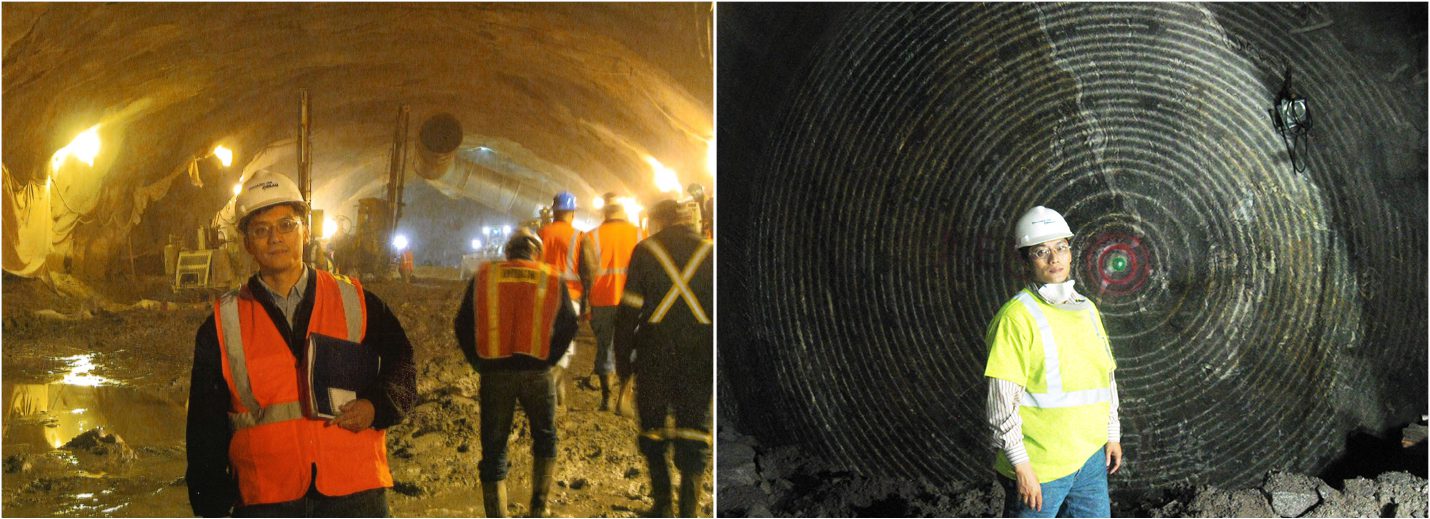
As a member of the Standing Committee on Tunnels and Underground Structures, Eric appreciates the opportunity to contribute to helping fulfill the Committee’s mission. “I look forward to promoting innovation for expanding use of new and maintaining the condition of existing underground structures,” he says. “This work will help to improve transportation infrastructure in the U.S. through sharing case histories and lessons learned within the tunneling community.”
The TRB is one of seven program units of the Academies. The TRB, according to their website, provides “independent, objective analysis and advice to the nation and conducts other activities to solve complex problems and inform public policy decisions.” The mission of the TRB is to “promote innovation and progress in transportation through research. In an objective and interdisciplinary setting, TRB facilitates the sharing of information on transportation practice and policy by researchers and practitioners; stimulates research and offers research management services that promote technical excellence; provides expert advice on transportation policy and programs; and disseminates research results broadly and encouraged their implementation.” TRB’s activities annually draw on more than 5,000 engineers, scientists, and other transportation researchers and practitioners, and Eric will join them in contributing their expertise.
The panel specifically and the TRB in general support the exchange of transportation research information. Members work to develop research problem statements, review and recommend papers for publication and for presentation at TRB Annual Meetings, and organize Annual Meeting sessions. Eric will join other experts on issues ranging from assessing and mitigating underground construction impacts to best geotechnical design practices.
Congratulations to Eric on his appointment, and we look forward to learning more about his work and his research in the months ahead.
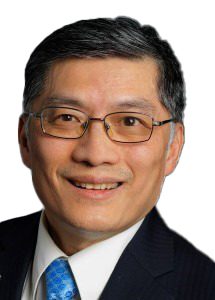
Hill International Vice President Eric C. Wang, PE, LEED AP, has applied his expertise and experience in geotechnical and tunnel engineering to help plan, design, and build multifaceted underground construction projects across the U.S. and Canada. This includes work on water/wastewater and transportation infrastructure programs featuring twin and large-single bore tunnel alignments built using tunnel boring machines (TBM), the sequential excavation method (SEM), drill-and-blast, and road header-mined tunnels. This hands-on experience includes Alternative Project Delivery programs featuring tunnels and complex underground construction for rail/transit, highway and wet infrastructure.
In addition to his tunneling expertise, Eric is also well-versed in projects with complex foundation and ground support conditions, including rock-socketed drilled shafts, driven piles, and micro-piles, and retention systems such as slurry diaphragm, jet grout cut-off, and secant pile walls. He is a member of The Moles, the American Society of Civil Engineers’ Geo-Institute’s Underground Engineering and Construction technical committee and the Conventional Tunnels Working Group of the Underground Construction Association (UCA) of the Society for Mining, Metallurgy, and Exploration (SME).
Share

June 23, 2025 | Articles
Jeffrey Hurley Joins Hill’s Northern California Rail Practice

June 23, 2025 | Articles
Ready, Set, Grow: First VP Chad Koelling Takes Charge of Hill’s Mountain West Region
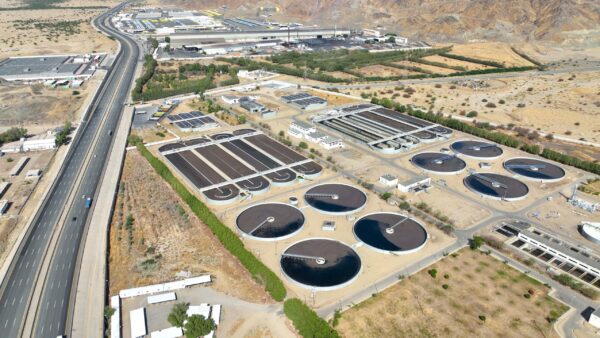
June 8, 2025 | Articles
PMO in Saudi Arabia: The Holistic Approach to Realizing a National Mega-Portfolio
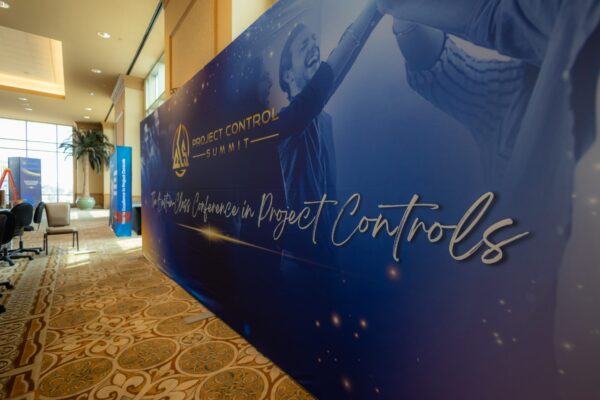
June 1, 2025 | Articles
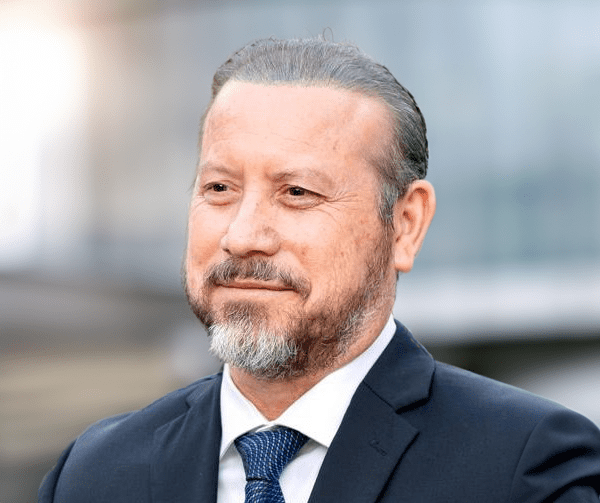
May 26, 2025 | Articles
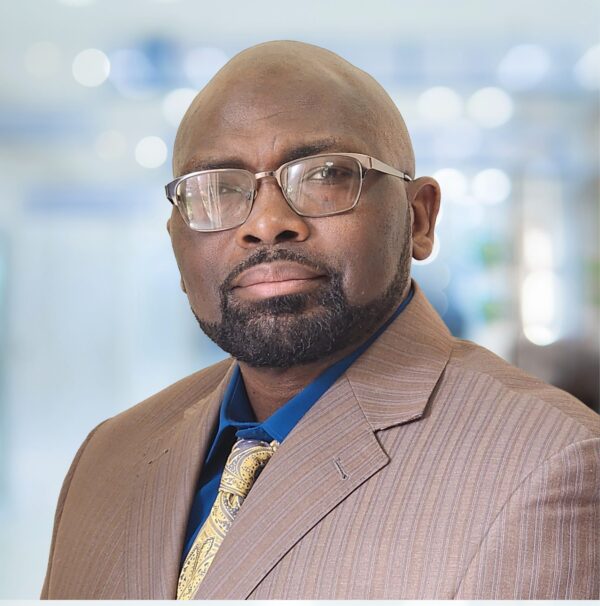
May 12, 2025 | Articles
Keeping Your Water/Wastewater Programs Flowing with Public Relations
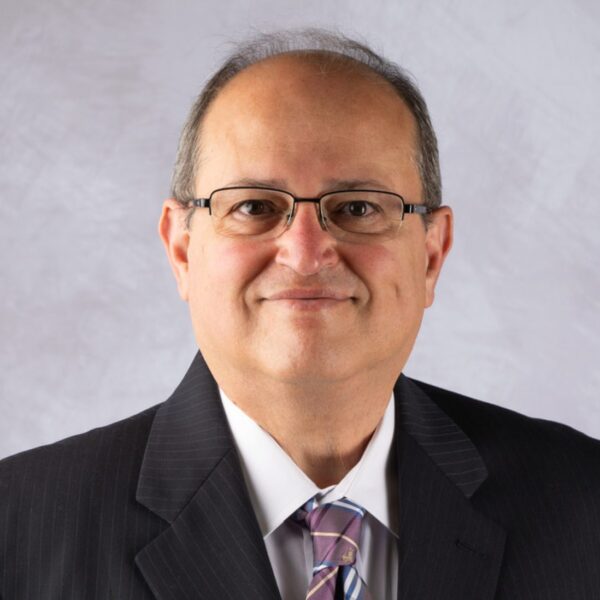
April 27, 2025 | Articles
Oiling the Machine: Steps to Successful Permitting on Infrastructure Megaprojects

April 20, 2025 | Articles
Sustainable Scaling: Solutions for Managing Risk on Europe’s Data Center Projects